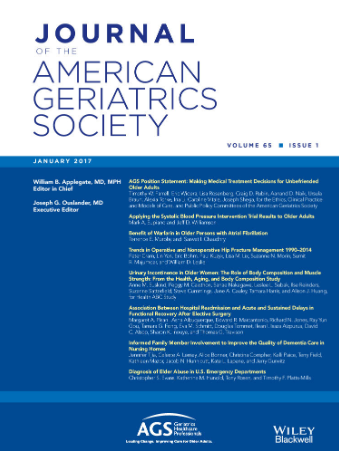A Prospective Study on Potentially Inappropriate Drug Use and All-Cause Mortality in Community-Dwelling Older Adults
Abstract
Background
Potentially inappropriate prescribing (PIP), encompassing potentially inappropriate medications (PIMs) and prescribing omissions (PPOs), is prevalent among older adults and consistently associated with adverse health outcomes. However, evidence on its impact on mortality remains limited. We examined the associations of PIMs and PPOs with long-term mortality in a cohort of community-dwelling older adults.
Methods
One thousand two hundred and ten participants from the third follow-up (1999–2007) of a longitudinal prospective cohort study were followed for mortality until 03/2022. PIMs and PPOs were identified using the 2023 Beers and the Screening Tool of Older Persons' Potentially Inappropriate Prescriptions/Screening Tool to Alert doctors to Right Treatment (STOPP/START) v3 criteria. Cox proportional hazards and Fine–Gray subdistribution hazard models assessed associations between PIP and all-cause and non-cancer mortality, respectively, adjusting for sociodemographic, lifestyle, and health-related factors.
Results
Overall, 81.2% of participants were exposed to > 1 problem: 52.6% and 45.0% to PIMs based on Beers and STOPP criteria, respectively, and 59.3% to PPOs. In multivariable analysis, exposure to ≥ 2 PIMs was associated with increased all-cause mortality for Beers (HR = 1.31, 95% CI: 1.04–1.69) and STOPP (HR = 1.25, 95% CI: 1.00–1.55) criteria. An interaction between PIMs (Beers criteria) and self-rated health (SRH) indicated stronger associations for those with “excellent/good” baseline SRH, compared to those with “poor/very poor” SRH (p-for-interaction = 0.030). Use of ≥ 2 PIMs was also associated with a 1.4-fold increased non-cancer mortality risk for both tools. Exposure to ≥ 2 PPOs was associated with a 1.8-fold increase in all-cause mortality risk (HR = 1.84, 95% CI: 1.24–2.72), while associations were stronger in men (p-for-interaction = 0.012). Exposure to 1 or ≥ 2 PPOs was also associated with 1.3 and 2.0-fold increased non-cancer mortality risk, respectively.
Conclusions
PIP is prevalent and is associated with increased long-term mortality among community-dwelling older adults. Addressing PIMs in healthier older individuals and reducing PPOs in clinical practice is critical. Sex-specific pharmaceutical guidelines are warranted.


 求助内容:
求助内容: 应助结果提醒方式:
应助结果提醒方式:


